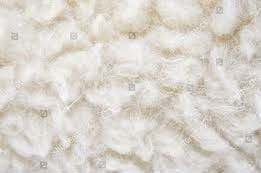Geoff Peters of Ballatherie Poll Merinos, Hillston, NSW, who runs about 10,000 grown sheep over three properties, said more often than not, the drop in wool prices “tests out” producers that may not be getting the full potential out of their flocks.
With a family involved in the Merino industry since the early 1950s, Mr Peters believes when commodity prices drop, producers essentially need to “step it up”, making sure they are breeding the best article they possibly can to suit a range of commercial markets.
“This is always the case, whenever the market tightens up, it accentuates the fact you have to do a better job,” Mr Peters said.
This is always the case, whenever the market tightens up, it accentuates the fact you have to do a better job- Geoff Peters, Ballatherie Merinos, Hillston
“We have had some really tough times before and whilst the wool market is at this lower level, it is not an absolute disaster.
“As long as you have other commercial packages for your Merino sheep then you should be able to keep going along reasonably well.”
He said the balance may have changed from this time last year when 60 to 70 per cent of income was wool and 30 to 40pc was meat, but now the balance has turned the other way.
“Your animals are costing you ‘x’ amount no matter if they are good or not so good,” Mr Peters said.
“Don’t breed culls from culls, because when things are good and you have plenty of numbers they still won’t be a top article. Instead, join them to a terminal.”
Running the self-replacing Merino enterprise with his two sons, Mr Peters said at Ballatherie they address their Merino sheep as a commercial package whereby the article they breed has to be able to cover all attributes of whatever commercial market they are targeting.
“They may be early maturing and have a restocking demand or they have to be able to be a sucker lamb and hung up on a hook or be able to be taken through and grow a fleece of wool of reasonable quality and reasonable volume,” he said.
“Essentially, as producers, we all have to do a better job, our sheep need to be more productive.
“It doesn’t matter how you look at it, it all comes down to costs per head.”

